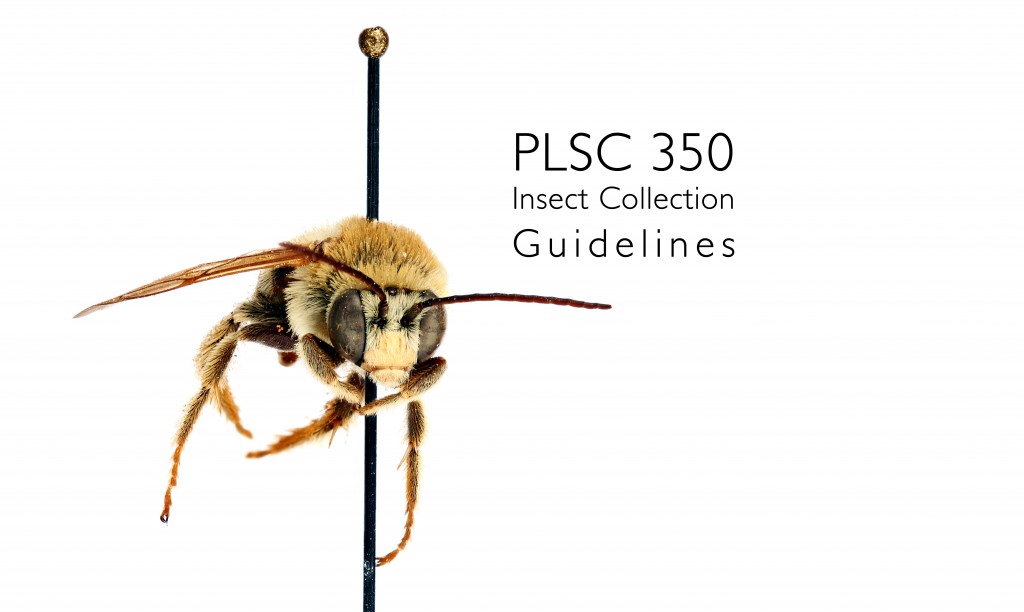Introduction:
A crucial part of this course is to learn to identify insects. If you are a farmer, a scout for an agricultural business or government agency, a gardener, or a hobbyist, the best way to learn is by getting hands on experience. Traditionally an insect collection would be made from ‘real’ insects that are either pinned or mounted in some way. These insects are kept in an insect collection box, or for soft bodied insects, stored in small collecting jars in an alcohol based preservative. However, given that this in an on-line course we are going to undertake preparing a photographic insect collection instead. It is this photographic collection that you will submit for grading.
Photographic or not, you will still be required to go out and ‘collect’ the insects. By doing so you will learn how to look at insects and to start to learn to differentiate between them by key anatomical features.
While some photographs can be taken directly in the field, and I strongly recommend you to have a camera with you at all times in order to take pictures of insects whenever you can, a collection of insects is still very important. Moving – free ranging – insects can be impossible to take appropriate pictures from, so don’t count on it. Collected insects can be clearly photographed much more easily.
In addition, if you keep your specimens on hand, it will be easier to go back to look at a feature while you are identifying them later during the semester, and give you a chance to take a more appropriate photograph if you find it necessary.
This project also requires you to key out your own insects to Order and to Family where possible. Some insects are easily identified and can be readily keyed to Genus and/or species. Others are much more difficult. The majority of the keying can, and should, be done during the semester. Use these summer months to collect your specimens. If you have all your insects collected during the summer months and/or pictures taken ahead of time, you will have ample time to do your keying/identifying during the semester.
This web site, from Perdue University, is geared towards youth, but the basic information is all good (click on the side bar links):
https://extension.entm.purdue.edu/401Book/default.php?page=home
